Day three dawned, and the group took the long drive to reach Lake Nakuru by evening. En route to the lodge, they drove around, and at first found an impala. Within five minutes of entering the park, they were watching a white rhino on a meadow with the backdrop of a fever forest. Just then, their attention was arrested by the news of a lion on a ridge. Reaching there, they beheld this beautiful sight:
Then they admired a herd of zebras on the base of the cliff. One of them was walking towards the pride seemingly in blissful ignorance of the real and present danger, and the group was hot in anticipation of a lion attack, until the zebra finally spotted the lions, causing the pride to disperse in resignation.
Until then they had seen only one cub – a subadult – but later four subadults graced the frame even as a light drizzle slowed their movements down.
Lion Hill, after which the lodge they were to stay in is named, had lived up to its moniker.
Since they were running out of time, the group made as many shots as possible and made good their exit from the scene.
Next morning, when they were getting ready to commence their safari, one of the participants said he had woken up early and heard a roar, so Sachin thought the lion may still be nearby and worth pursuing.
Unfailingly, it had been hardly five minutes since they had started the drive that they found a male lion walking on the road, and the group was all too happy to follow him.
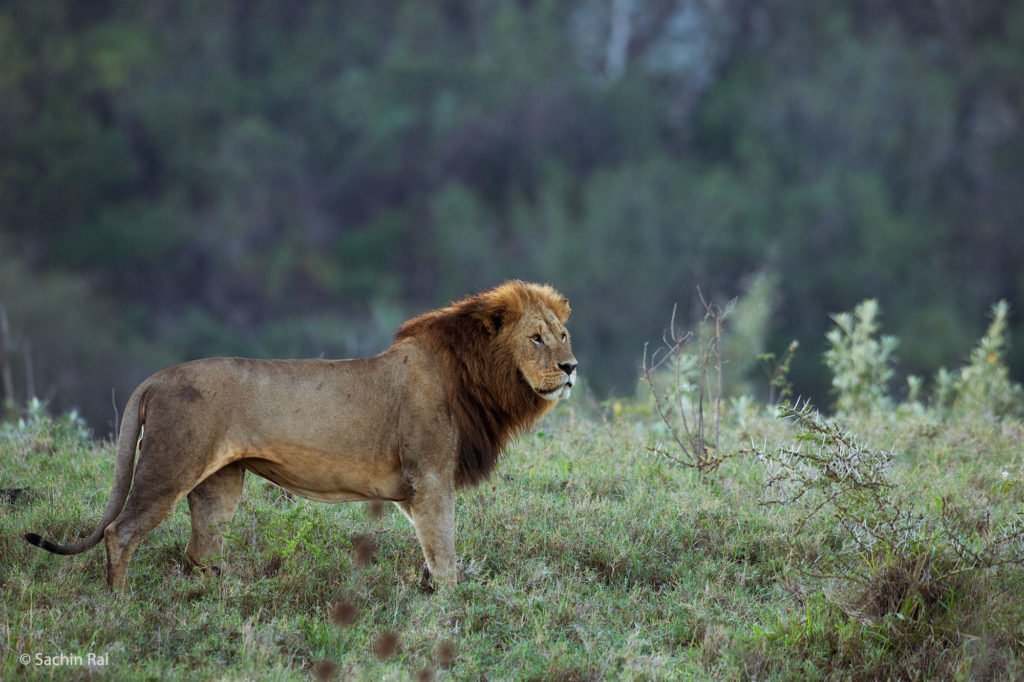
Soon, he veered off the track, climbed up the hill on one side and moved towards a herd of buffalo, who promptly sent him scurrying further uphill. Then he climbed the ridge, and stood above the buffalos with his royalty fully restored, before descending from the other side and walking right towards the group, allowing them to make some stunning head-on shots.
Buoyed by this favourable start, the group carried on and found about half a dozen white rhinos. Then they found an Augur buzzard, and saw six Rothschild’s giraffe from close quarters, using the opportunity to make some tight close-ups.
When they returned to the lodge and finished lunching, Sachin suggested that the participants practise focusing on the many birds found on campus, which included white-browed robin, African collared dove, Cordon bleu bird, laughing dove, blue-eared glossy starling and mousebird.
While they were at it, the skies opened up, so they left for the safari a bit late, and the first thing they saw was a puff adder on the vehicle track.
Meanwhile it started drizzling again, so they made some shots of impala and zebra in the rain. Then it started pouring, so they stayed put at one place and soon saw a big white rhino. While waiting for the rain to relent, the group gazed as the rhino grazed, and then got some opportunities to create panned shots of cantering zebras.
Their return to the lodge that evening was marked by the sight of more rhinos in the rain, as they tucked into bed with colourful dreams of the next destination, the celebrated Masai Mara.

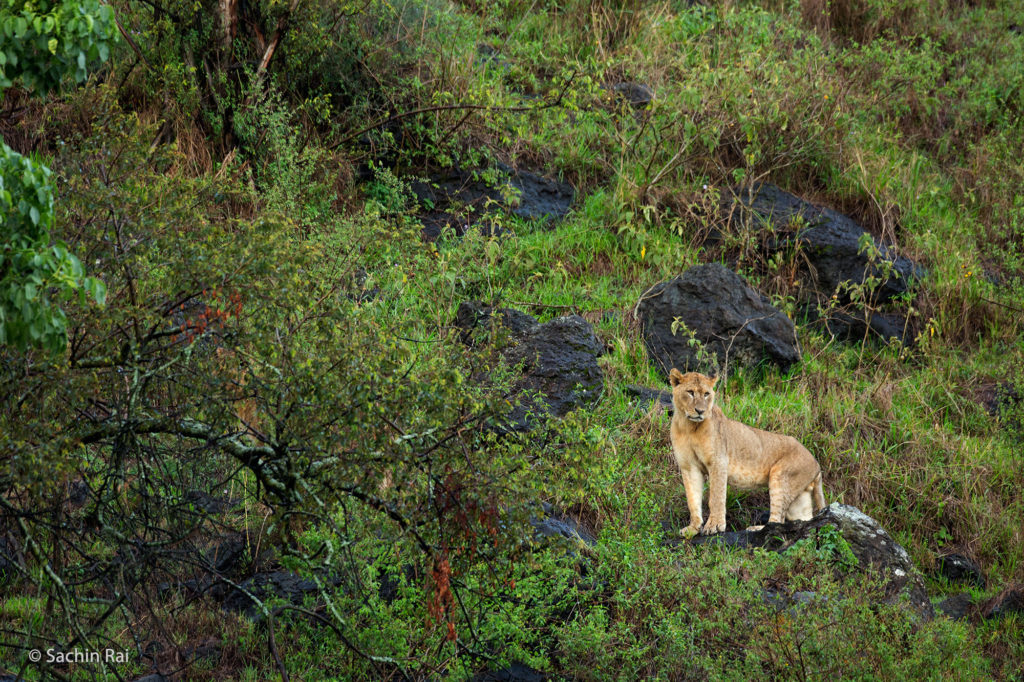
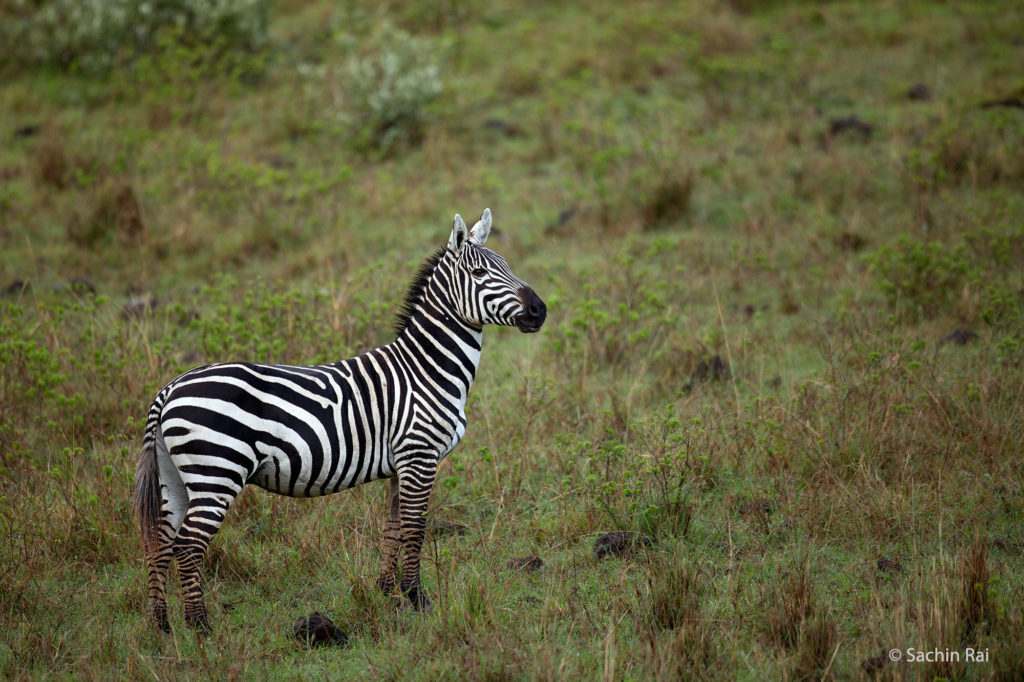
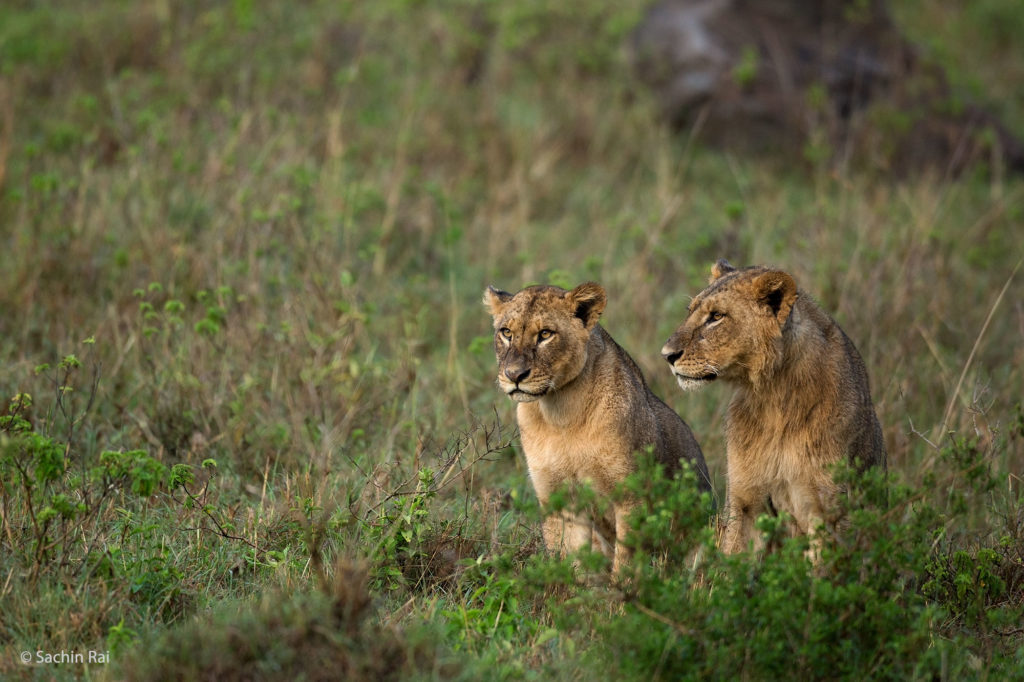
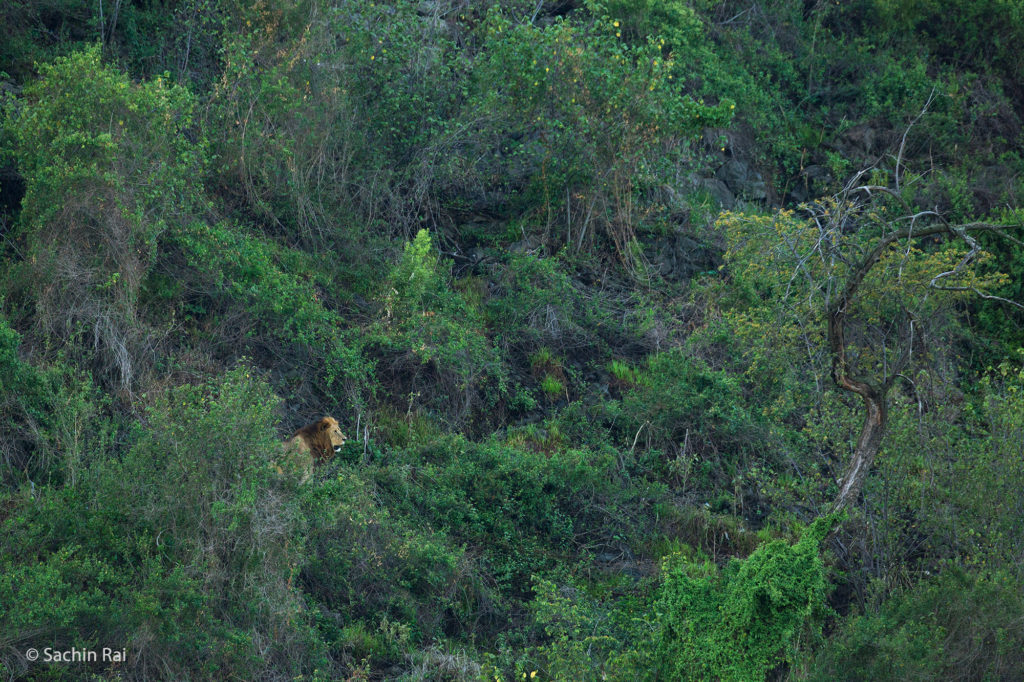
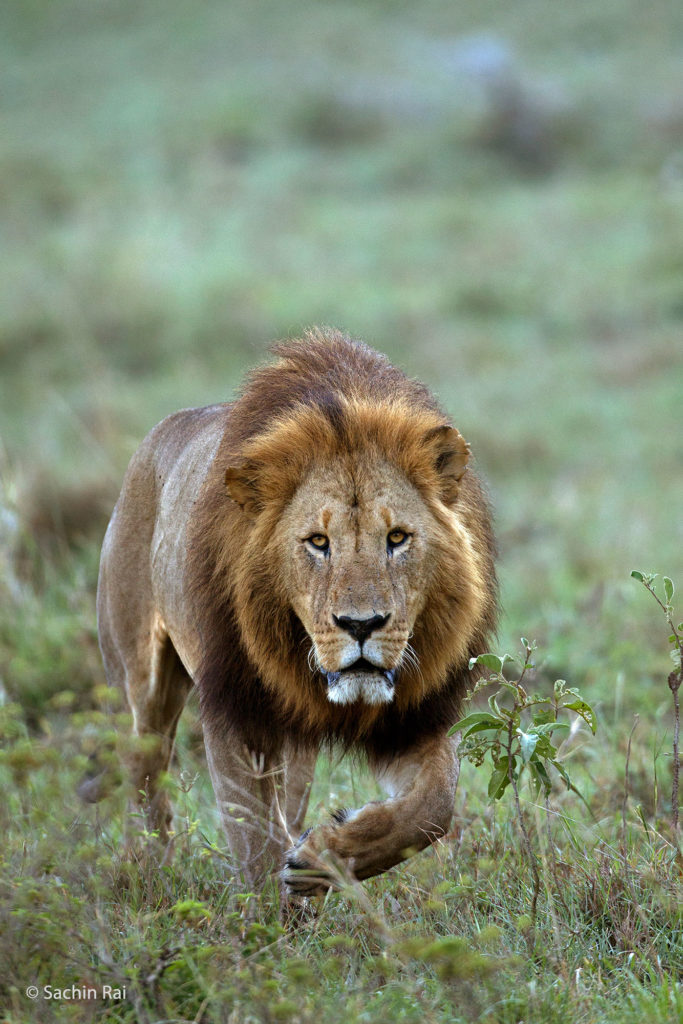
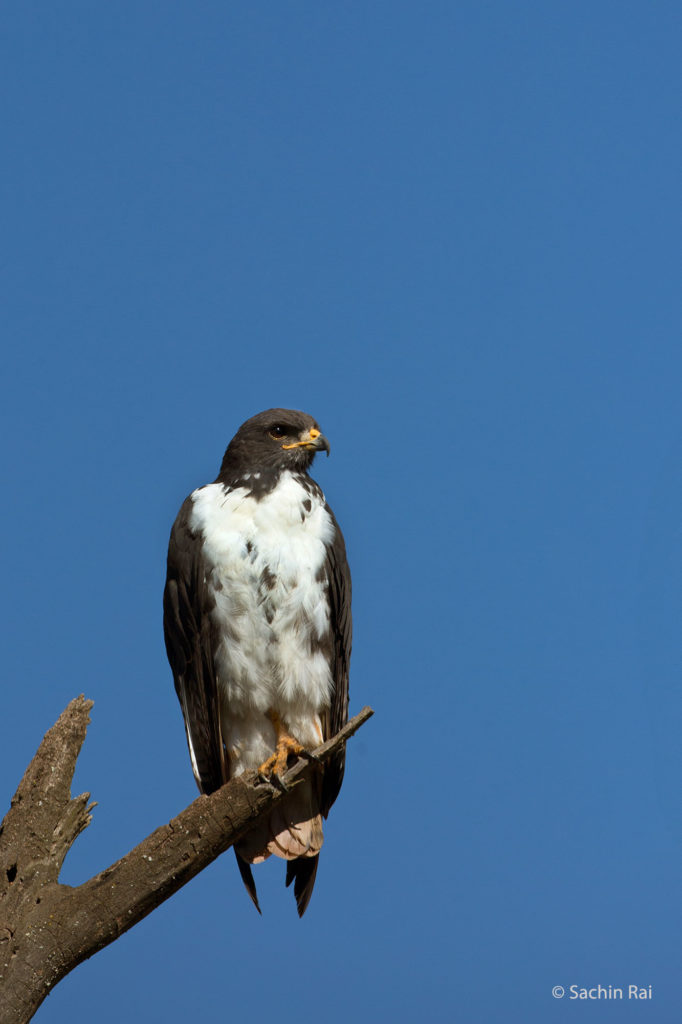
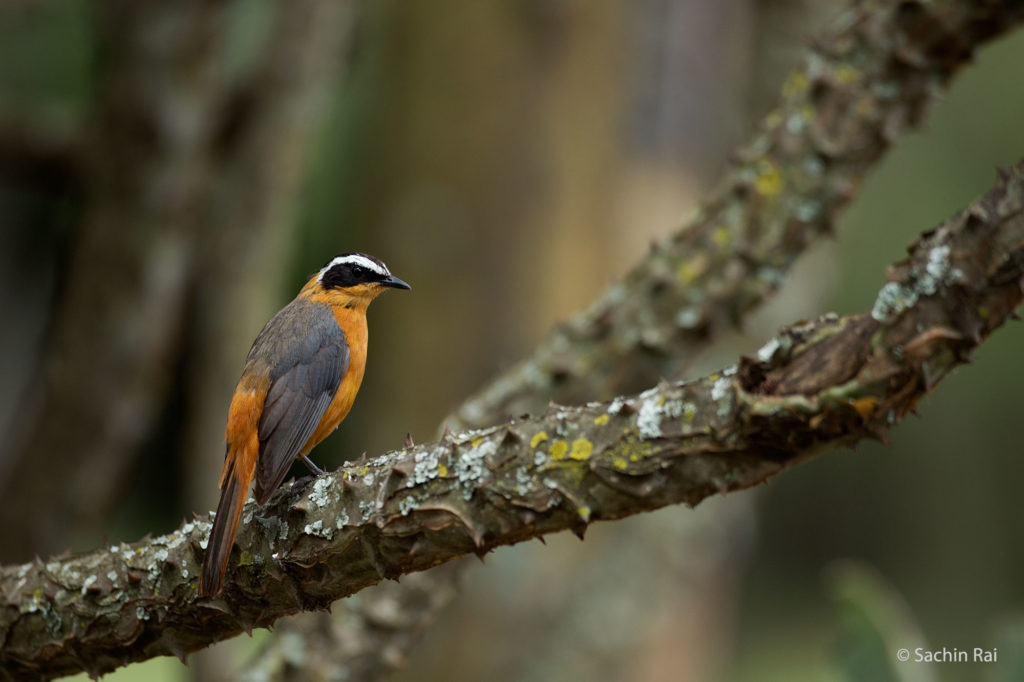
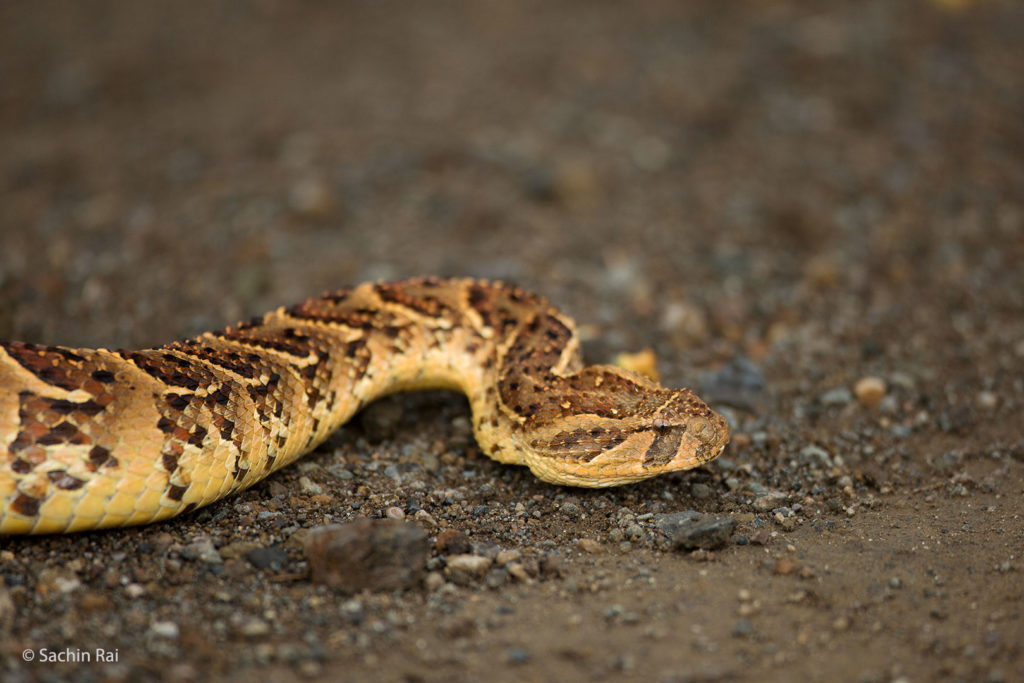
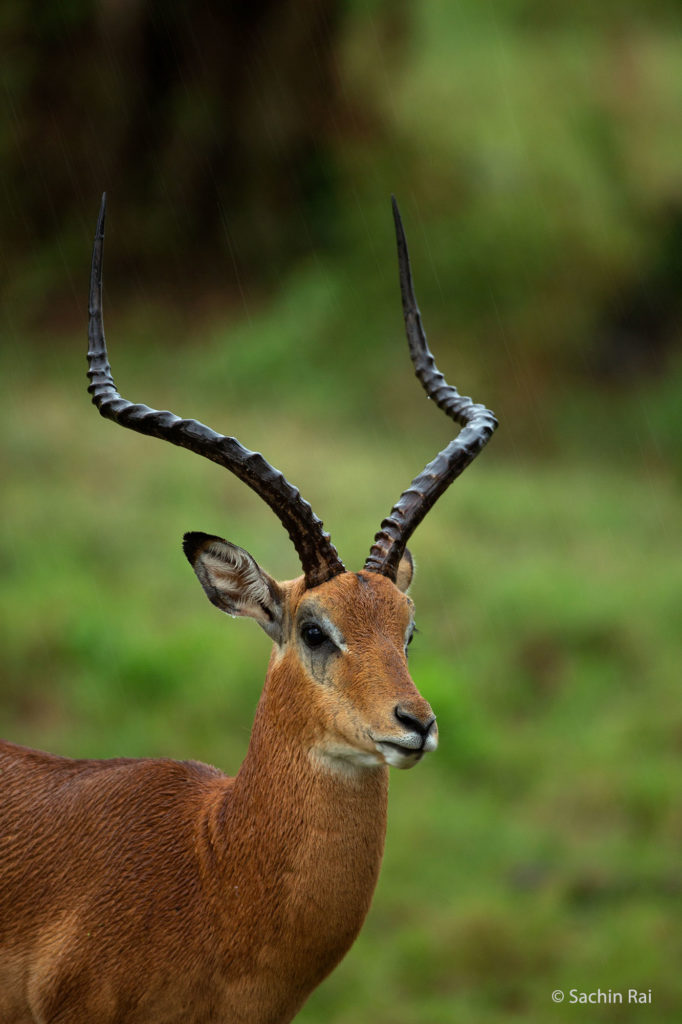
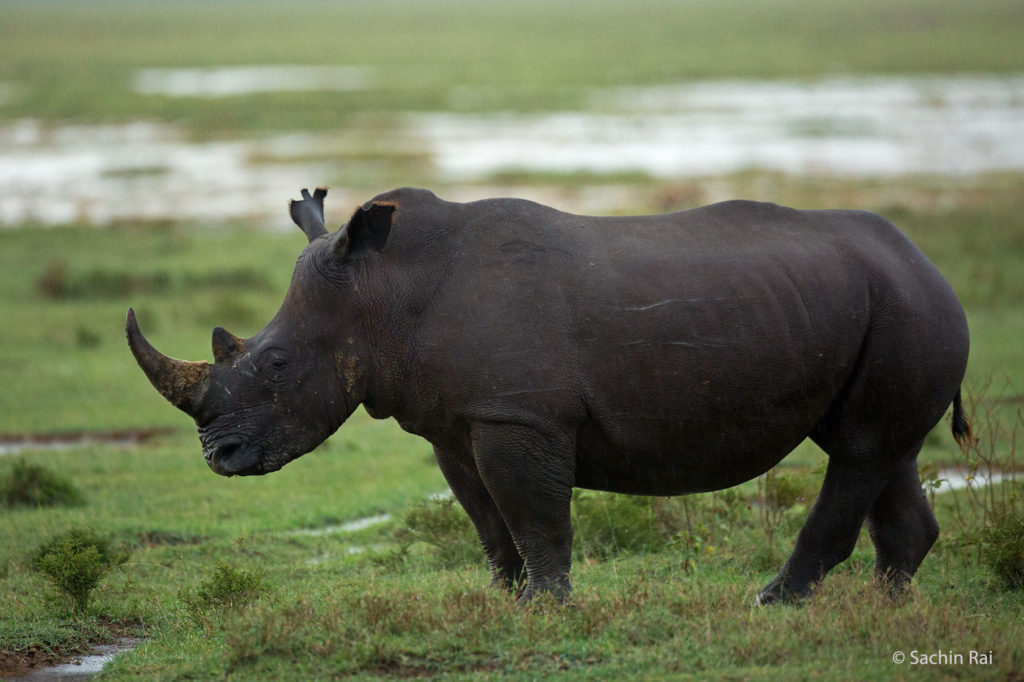
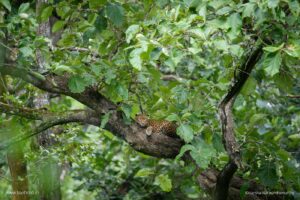
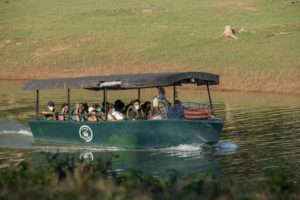
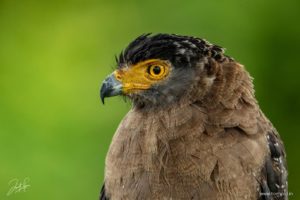
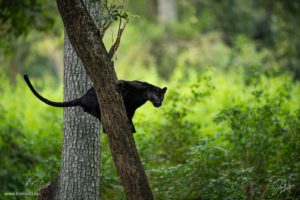
very good